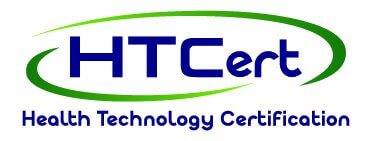The EU MDR (Regulation (EU) 2017/745)
MDR came into force in May 2017, replacing the Medical Device Directive (93/42/EEC) and the Directive on Active Implantable Devices (90/385/EEC) and became applicable on 26 May 2021. The transition period provided for in the Regulation will end on 26 May 2024.
The requirements in the MDR differ from those in the MDD and AIMDD. Medical Devices Manufacturers have to fulfil stricter requirements in order to sell their products in the EU. Most important changes in the new regulation include:
- Implementation of unique device identification
- Reclassification of devices according to risk, contact duration and invasiveness
- More rigorous documentation
- More rigorous clinical evidence and systematic clinical evaluation
- Availability of a qualified person
- Strict surveillance by Notified Bodies
New devices and devices without a valid MDD/AIMDD certificate are required to meet MDR requirements from 26 May 2021, while for devices with valid MDD/AIMDD certification the transition period ends on 26 May 2024.
Conformity assessment with the involvement of a Notified Body is mandatory for all manufacturers of medical device products with the exception of class I (non-sterile, no measuring function and not reusable surgical instruments). HTCert, as a Notified Body (EU identification number 2803) offers conformity assessment procedures according to MDR for the scope published in the official European database Nando.
Manufacturers need to apply for a conformity assessment procedure based on their product classification. A step-by-step guide is available on Process steps for MDR Certification.
In brief, the procedure is as follows:
- To provide you with its services, HTCert requires a description of the intended certification project, as well as essential product-related information.
- A detailed quote, with the estimated costs and the description of the applicable steps will be sent to you.
- The conformity assessment procedure starts with the receipt of the formal application form.
- The first step is the review of your application and of the information you provided.
- Upon the acceptance of the application by HTCert a formal contract is signed for the conformity assessment procedure under MDR.
- The next step is the planning of the audit programme, which consists of the assessment of the Technical Documentation (TD) for the devices and, when this is completed, the evaluation of the Quality Management System (QMS).
- You have to implement adequate corrections and corrective actions for all the findings during the different stages of the assessment. Restrictions apply both in terms of time and in the number of rounds of answers you are allowed to give.
- The results of the assessment steps are then subject to a final review in order to be confirmed and a decision on certification is made.
The conditions, rights and duties, as well as the operating processes for the assessment and certification of medical devices according to MDR are presented in General Terms and Conditions for MDR Certification.
In order to provide information on the elements that need to be included in the Technical Documentation and instructions on the submission of the documentation, HTCert has issued Guidelines for submission of Technical Documentation for Medical Devices.
The certification costs are mainly based on hourly rates taking into account factors such as the size of company, the number and complexity of devices, etc. The standard fees for the conformity assessment activities delivered by HTCert are presented in HTCert Price list.
